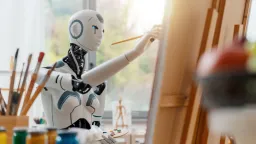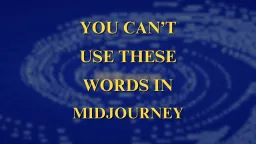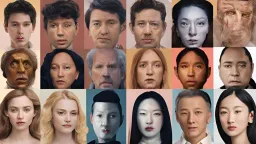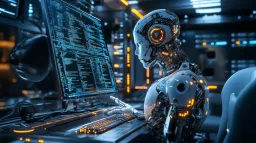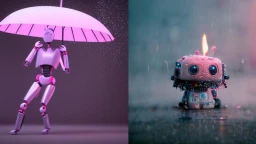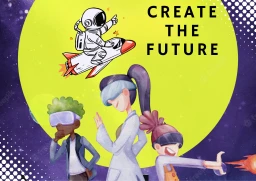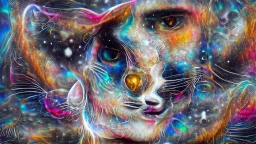Historic: Humanoid Robot Ai-Da's Turing Portrait Sells for $1.3 Million

In a historic moment for both art and technology, a portrait of the legendary mathematician Alan Turing, created by Ai-Da - the world’s first ultra-realistic humanoid robot artist - was sold at auction for a staggering US$1.32 million. The artwork, titled A.I. God, shattered expectations, with a presale estimate of just US$180,000. This sale marks the first time a piece by a humanoid robot has been sold at auction, highlighting the growing fusion of artificial intelligence and the global art scene.
Ai-Da's Unique Vision
Ai-Da, with her 2.2-meter (7.5-foot) frame and lifelike human features, isn’t just a machine. She’s a marvel of technology, capable of creating hyper-realistic artwork using AI. A.I. God is an intricate portrait of Turing, designed to reflect both the godlike nature of artificial intelligence and its powerful role in shaping the modern world.
Her appearance - a robot with a face, large expressive eyes, and a brown wig - adds an almost surreal touch to the painting. But Ai-Da’s artwork goes beyond the visual. She’s on a mission to spark important conversations about the ethical and societal implications of AI. As Ai-Da herself explained, the value of her work is in its ability to act as a “catalyst for dialogue” on these emerging technologies.
Also read: Why AI Struggles to Draw Hands and Fingers? - Explained
Turing's Legacy Meets AI's Future
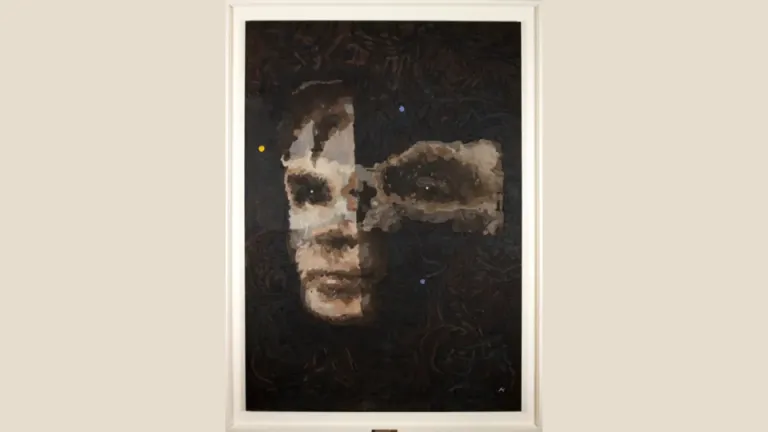
Choosing Alan Turing as the subject of her portrait is a powerful statement in itself. Known as the father of modern computing, Turing’s groundbreaking work laid the foundation for artificial intelligence. By painting him, Ai-Da connects Turing’s historic contributions to today’s rapidly evolving world of AI, encouraging us to reflect on how far we’ve come - and where we’re headed.
Turing’s own legacy in the realm of computing and AI makes him the perfect muse for Ai-Da, whose work not only honors his genius but also invites us to think about AI’s future. The sale of this portrait doesn’t just break records; it’s a symbolic moment that intertwines art with the technological advancements that Turing helped to inspire.
The Intersection of Art and AI
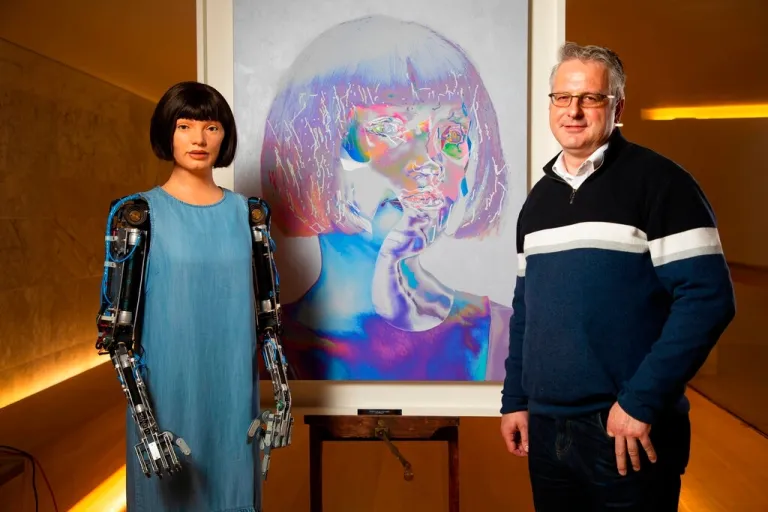
What makes Ai-Da’s work stand out isn’t just her ability to create stunning portraits; it’s the fact that she’s a robot. Ai-Da is one of the most advanced humanoid robots ever created, blending cutting-edge robotics, machine learning, and art. Her ability to produce art as a robot challenges traditional ideas of creativity and authorship, raising fascinating questions about what it means to be an artist in the age of AI.
As AI continues to advance, the boundaries between human and machine creativity are becoming increasingly blurred. Ai-Da’s sale is a landmark moment, proving that AI is no longer just a tool - it’s a creative force in its own right. And while this raises complex questions about the future of art and the role of technology in creativity, it also opens up exciting possibilities for what AI can bring to the art world.
Also read: 10 Latest Advancements in AI Art - 2024
Looking Ahead: AI’s Role in Art and Society
Ai-Da’s A.I. God portrait is more than just a work of art; it’s a glimpse into the future of AI and art. With its record-breaking auction price, it signals that AI-generated art is not just a novelty, but a legitimate part of the contemporary art market. But the questions it raises - about the value of human versus machine-made art, and the ethical implications of AI in creative fields - are just beginning.
As technology evolves, it will be fascinating to see how AI continues to shape the art world. Will robots become the new artists? Or will they serve as collaborators, working alongside human creatives? One thing is clear: Ai-Da’s breakthrough sale is just the beginning of a new chapter in the story of AI and art, and it’s one that promises to keep sparking conversation for years to come.
Follow us on Instagram @artzone.ai
